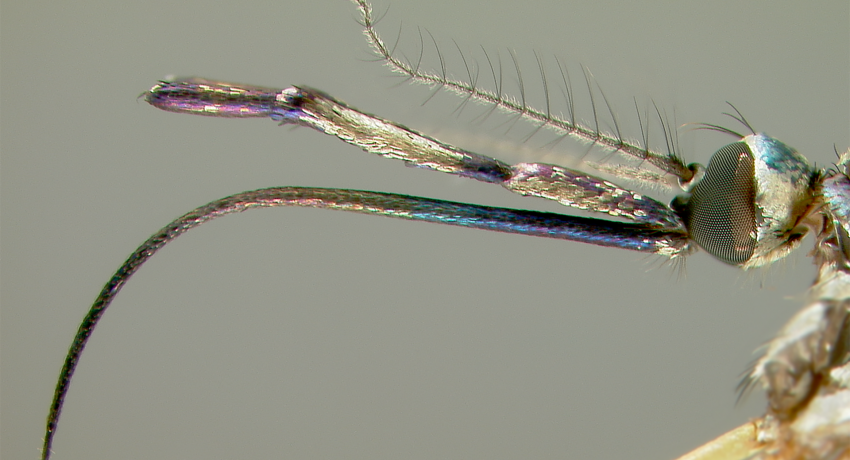Molecular sequence data is increasingly easy to generate, but is most powerful when integrated with a strong taxonomic platform and the biological data necessary to interpret and leverage the knowledge.
Explore our work
Our mission statement
To conduct laboratory and field research on the systematics of medically important arthropod species
in support of epidemiological studies and disease control strategies of importance to the military.
Multi-disciplinary research efforts focus on accurate vector identification and bionomics
to provide comprehensive predictions of global arthropod-borne disease risk.
Our taxonomic expertise
Effective vector-borne disease interventions rely on entomological intelligence: high-quality, current information related to the correct identification, associated biology, and distribution of arthropod vectors. Well-curated archive reference collections are of critical importance to solving modern vector-borne disease problems, increasing in value as taxonomic resources decrease and biotechnology improves. Most recently, WRBU has achieved whole genome sequences from museum specimens, further increasing the value of these archive specimens.
Incorporating molecularly identified vectors into geospatial analysis vastly improves the quality of vector-borne disease risk predictions. WRBU produces Vector Hazard Reports that provide targeted, comprehensive summaries of vector-borne disease risks, including predictive models based on high-quality vector identifications (morphological and molecular), high-resolution images, and associated pathogens and bionomics. These data-driven, actionable entomological intelligence products address the taxonomic impediment and reflect the unique, forward-facing vision of WRBU to tackle tomorrow’s vector-borne disease threats.
Systematics
Catalog of the Culicidae
Revised in 2019, WRBU provides the most up-to-date systematic catalog of all 3,568 formally recognized mosquito species, including subspecies and synonyms, important taxonomic works, and global distributions. This web-based systematics catalog is searchable, allowing users to download up-to-date taxonomic checklists of species by country, region, or taxonomic groupings. The catalog includes links to vector species profiles, which provide high-resolution images and further details on distribution, bionomics, systematics, DNA barcodes, genomic resources, and associated pathogens.
Identification
WRBU LUCID keys
WRBU created and hosts multi-entry, web-based taxonomic keys directly on our website. These unique user-friendly keys are aimed at non-specialists, and contain photographic illustrations of all key characters. LUCID keys are multi-entry, allowing the identification of damaged/incomplete specimens as collected in the field, and making routine species identification easier and more efficient.
Distribution
VectorMap
WRBU hosts and maintains the world’s largest online database (~0.95 million entries) of high-quality, insect vector surveillance data. The VectorMap approach is unique, in that we are the only database to evaluate data quality based on taxonomic, ecological and geospatial confidence. Distribution data is sourced, cleaned, and curated from museum collections, published literature, and global biosurveillance efforts, and is available for mosquitoes, ticks, sandflies, mites, and biting midges. Other layers include human population densities, host demographics, and environmental layers relating to vector ecology (e.g. temperature, precipitation).




